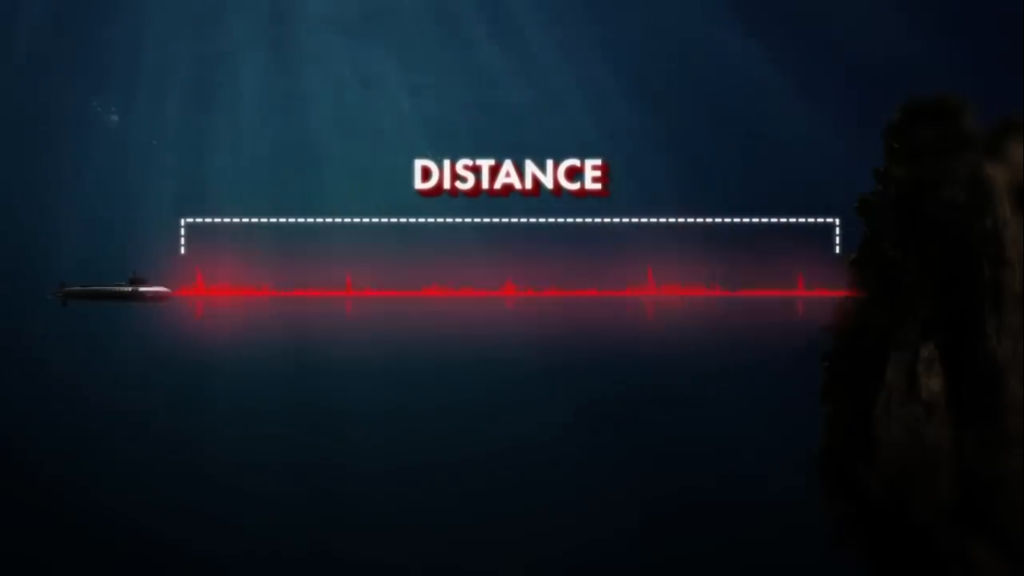There are two main types of sonar technologies: Active Sonar and Passive Sonar. Active sonar involves emitting sound from the submarine. The sound travels through the water, collides with objects, and upon reflection back to the submarine, the time and distance calculations provide information about the submarine’s location and the surrounding environment.
In contrast, passive sonar does not emit sound but rather detects sounds from other sources, such as enemy submarines, by listening to their engine and propeller noises to determine their distance.

However, the use of sonar technology has adverse effects on marine life, impacting creatures like whales and dolphins, which also rely on sonar for communication. To address this concern, some submarines are exploring alternative technologies such as LIDAR, Light Detection And Ranging.
LIDAR employs light to estimate distance and is already integrated into many modern smartphones. Another alternative is using RADAR Radio Detection And Ranging, it is effective above water and in aircrafts which utilizes radio waves to calculate distances. but is limited underwater due to the restricted transmission of radio waves. Lastly, emerging technologies are being explored as potential alternatives like MRS Magnetic Anomaly Detection System or Gravitational Anomaly Detection System.
However, the bottom line is that today, the predominant technology employed in submarines is Sonar. Multiple Sonar sensors are strategically installed around submarines to continuously collect and monitor data, ensuring there are no obstacles or hazards in their path.




